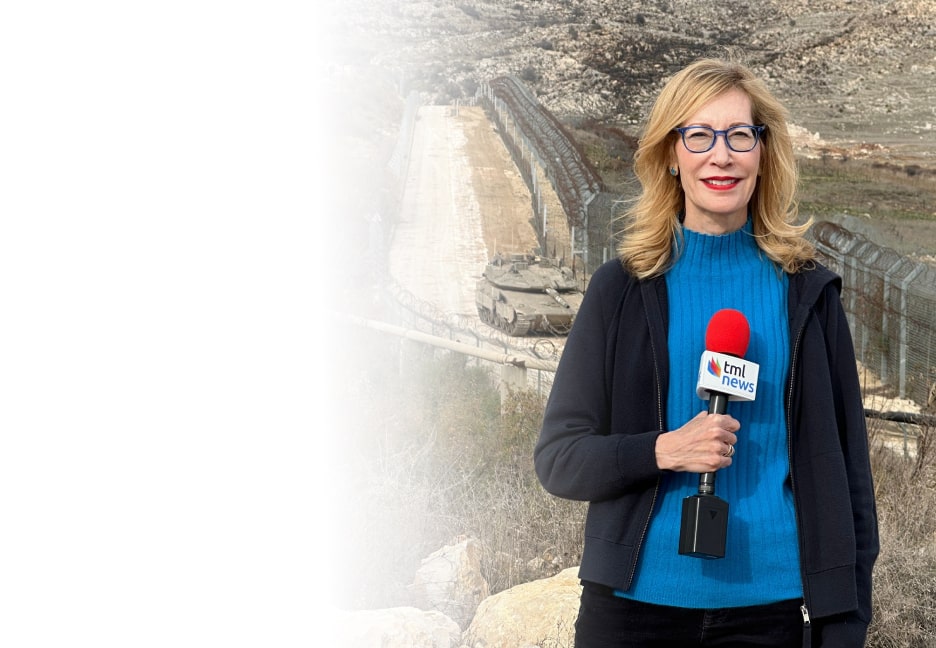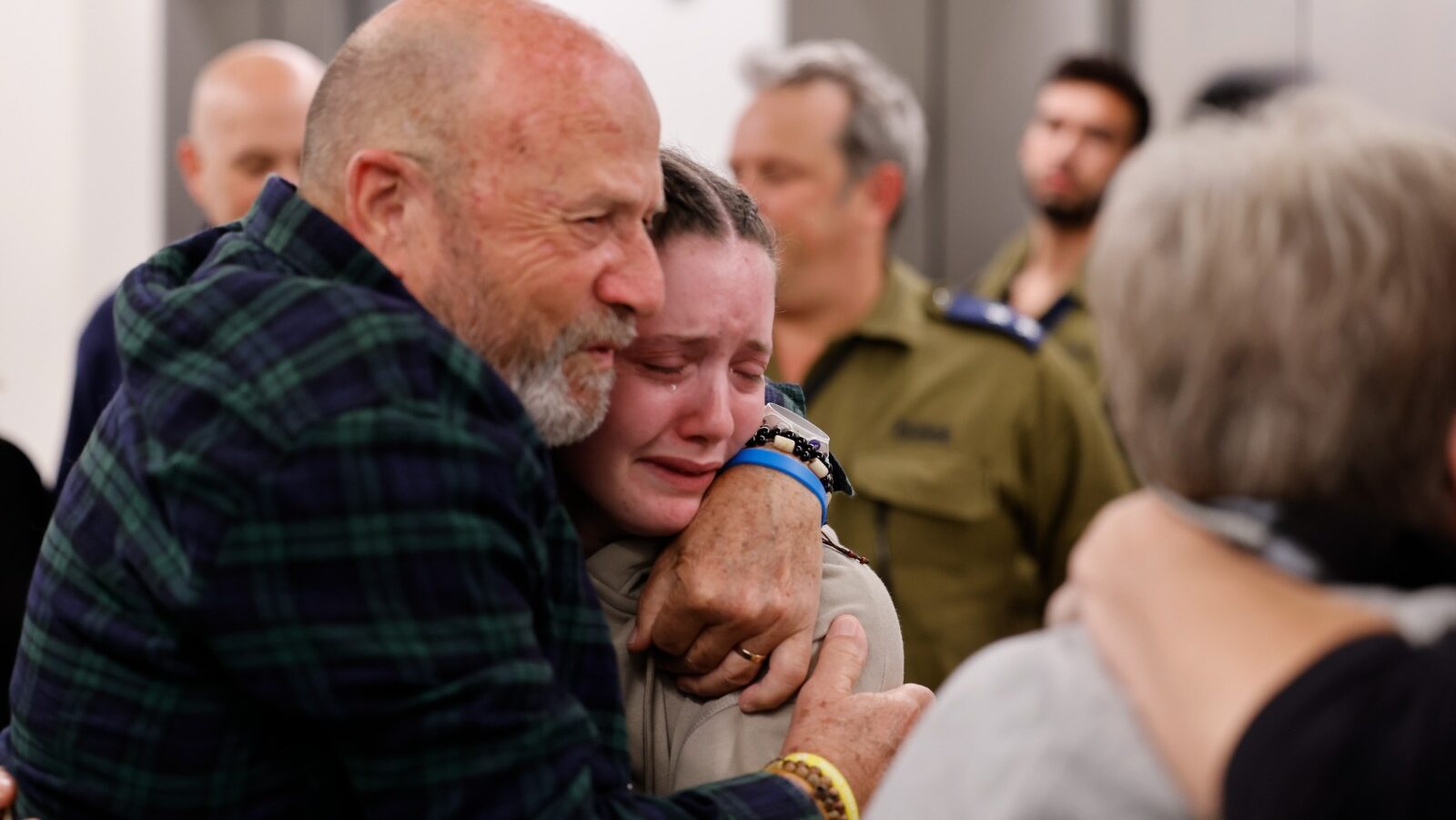Impact of Hamas Captivity Uncovered in First-of-Its-Kind Study
New research reveals the profound effects on released hostages, urging targeted care and continued study
A recent study by Schneider Children’s Medical Center of Israel has provided the first detailed examination of the physical and psychological effects on survivors of the Hamas captivity following the October 2023 attack on Israel. In the aftermath of this devastating event, 250 people were taken hostage. The release of 26 women and children during a brief ceasefire in November and December brought some relief. Yet, their return also exposed the complex and severe impact of their time in captivity.
This retrospective study sheds light on the clinical challenges faced by 19 children and seven women who were held for up to 53 days. While the long-term consequences of such trauma remain unclear, this research is a vital first step in understanding and addressing the needs of those who have survived captivity in such extreme conditions. Findings are important in providing a foundation for future support and care.
Dr. Havatzelet Yarden-Bilavsky, a senior doctor in the Returnees department of Schneider Children’s Medical Center, told The Media Line that this study is the first to gather and report such information and that is its most crucial contribution.
“First and foremost, the key finding of this research is the complete absence of knowledge in medical literature regarding the consequences of children being held in captivity,” she said.
Doctors observed significant psychological trauma, with its impact varying across different age groups.
Children exhibited submissive behavior, complying with everything we asked, which is a deeply troubling sign for a pediatrician—seeing a child too afraid to say no. These children had been trained to whisper during activities because they couldn’t make any noise. In adults, we saw sleep disturbances and nightmares, and similar symptoms were present in the younger children as well.
“Children exhibited submissive behavior, complying with everything we asked, which is a deeply troubling sign for a pediatrician—seeing a child too afraid to say no. These children had been trained to whisper during activities because they couldn’t make any noise. In adults, we saw sleep disturbances and nightmares, and similar symptoms were present in the younger children as well,” shared Dr. Yarden-Bilavsky.
“The most challenging part was dealing with the magnitude of trauma these children experienced. While we are trained to treat illnesses, nothing prepares you for this level of psychological trauma. It was deeply saddening to see the fear in these children, but there was also hope as we saw them gradually return to being children—laughing and playing within a few days of their admission,” she added.
Senior physician at Schneider Children’s Medical Center Dr. Noa Ziv explained: “As pediatricians, we don’t expect children to be involved in wars. Normally, even when children are sick, they are still happy, optimistic, and full of joy. But here, we were confronted with profound sadness, which we’re not accustomed to. It was a challenge to process.”
This holiday season, give to:
Truth and understanding
The Media Line's intrepid correspondents are in Israel, Gaza, Lebanon, Syria and Pakistan providing first-person reporting.
They all said they cover it.
We see it.
We report with just one agenda: the truth.



(Schneider’s Spokesperson)
At Schneider Children’s Medical Center, doctors cared for 26 individuals—children, their mothers, and one grandmother—who were held captive by Hamas for approximately 50 to 64 days.
The most significant findings were the extremely poor hygiene and nutritional status of these patients. Notably, the adults and adolescents lost an average of 10 to 15% of their body weight during captivity. In contrast, younger children, those under seven, showed much less weight loss, as the adults would often forgo their own food to feed the children and keep them from going hungry.
“The most significant findings were the extremely poor hygiene and nutritional status of these patients. Notably, the adults and adolescents lost an average of 10 to 15% of their body weight during captivity. In contrast, younger children, those under seven, showed much less weight loss, as the adults would often forgo their own food to feed the children and keep them from going hungry,” Dr. Yarden-Bilavsky shared with The Media Line.
She explained that the returnees were held in various conditions—some in hospital rooms where they were not admitted, some in family homes, and others in tunnels beneath the Gaza Strip.
Regardless of the setting, all reported a diet of very low quality, consisting mainly of rice and bread with no protein or fat. We also found a significant number of infectious pathogens in the stools of both children and mothers.
“Regardless of the setting, all reported a diet of very low quality, consisting mainly of rice and bread with no protein or fat. We also found a significant number of infectious pathogens in the stools of both children and mothers,” she said.
According to Dr. Yarden-Bilavsky, many of the patients sustained injuries during the attack and kidnapping.
“Nine of them had sharp nail injuries, and in eight of these cases, the nails were still visible in x-rays. One patient was even readmitted after discharge due to an infection from a nail injury lodged between her ribs,” she explained.
“Most of our patients had chronic conditions requiring regular medication, but these were left behind when they were abducted. As a result, many experienced flare-ups of their conditions, such as asthma, atopic dermatitis, hypertension, and other diseases,” she added.
Doctors witnessed that the most devastating trauma for the released hostages wasn’t just the ordeal of captivity itself. Still, the unbearable pain of watching their loved ones suffer or be killed.
“When we consider the captivity, most of them witnessed their loved ones being murdered or taken captive alongside them. This is an incredibly traumatizing experience, and the mental and emotional distress was the most significant impact we observed,” said Dr. Ziv.
“Out of the 26 returnees in our group, 24 witnessed a family member being murdered or kidnapped on October 7th. Additionally, 70% of the children and mothers had no home to return to, as their homes were either destroyed on October 7th or declared war zones afterward. Some still have family members—fathers, husbands, grandfathers—who remain in captivity,” explained Dr. Yarden-Bilavsky.

(Schneider’s Spokesperson)
The study serves as a critical foundation for providing care to the released hostages. Despite the absence of prior knowledge in this area, doctors are actively working to implement and adapt any available resources to support these survivors. This study not only informs their approach but also underscores the urgent need for continued research and innovation in the care of individuals who have faced such extreme trauma.
What we observed was merely the beginning—we only had a brief window into their condition when they returned. There’s no way to understand the long-term effects from our current perspective fully. Further studies are crucial to evaluate the challenges they face in reintegrating into society, both mentally, physically, and emotionally.
“The care provided to the returnees involved a multidisciplinary team, including dieticians, social workers, physicians, psychologists, and psychiatrists. We also coordinated with clinics that would continue their care after discharge, ensuring they received the support they needed without falling through the cracks,” shared Dr. Ziv.
“What we observed was merely the beginning—we only had a brief window into their condition when they returned. There’s no way to understand the long-term effects from our current perspective fully. Further studies are crucial to evaluate the challenges they face in reintegrating into society, both mentally, physically, and emotionally,” she concluded.

